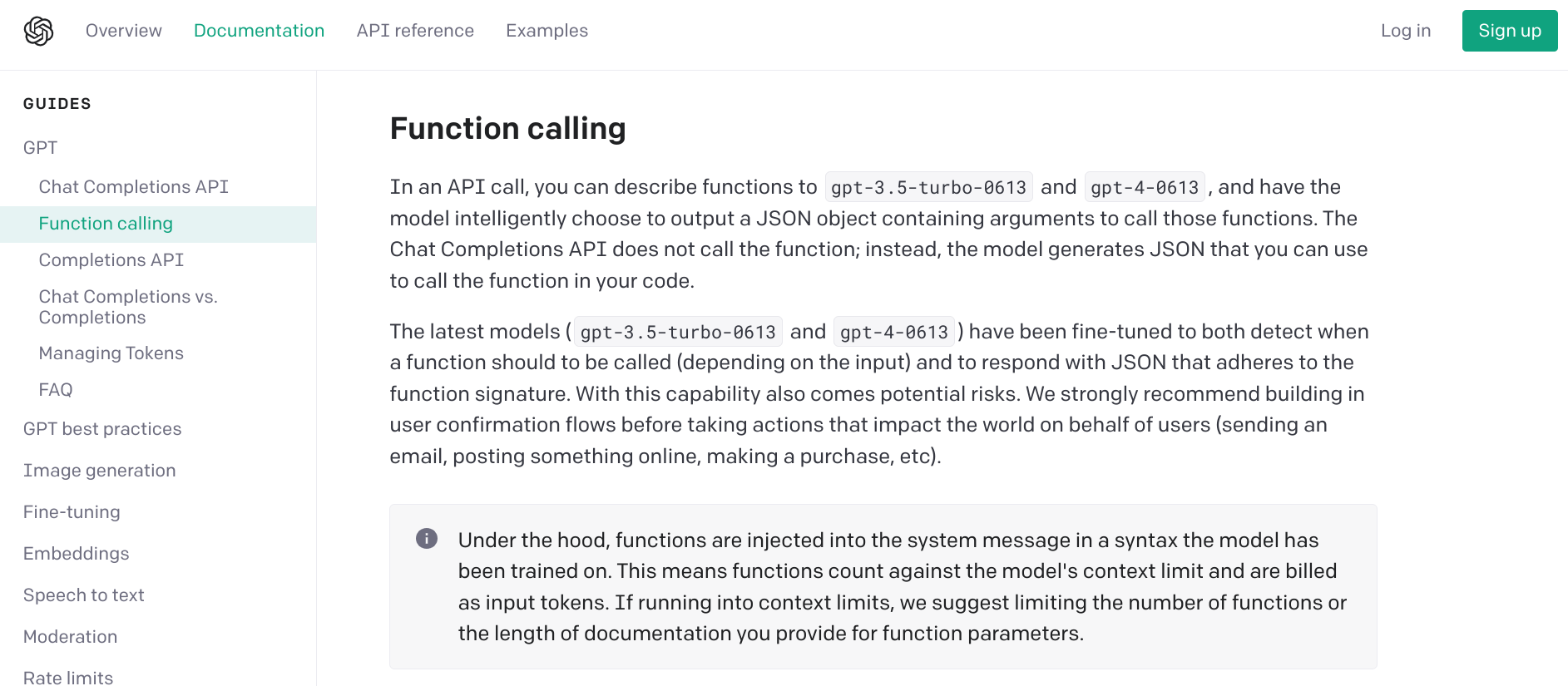I tried using the new AI agent framework "smolagents". The code is simple and easy to use, and I recommend it for AI agent beginners!
At the end of last year, a new AI agent framework called "smolagents" was released from Hugging Face (1). The code is simple and easy to use, and it even supports multi-agents. This time, I actually created a data analysis AI agent and tried various things. I hope it will be helpful.
1. Features of "smolagents"
The newly released "smolagents" has features that existing frameworks do not have. 1) First, it has a simple structure. You can execute an AI agent by writing 3 to 5 lines of code. It's perfect for those who want to start with AI agents. 2) Also, since it was released by Hugging Face, there are already a huge number of open-source models on the Hub. You can easily call and use them. Of course, it also supports proprietary models such as GPT4o, so you can use it for both open and closed models. 3) Finally, when you execute an agent, python code is generated and acted upon. Therefore, you can use the assets of the vast Python ecosystem, which is very convenient. Especially for those who specialize in data analysis like me, it is a perfect framework because you can use Python libraries such as sklearn.
2. An Agent for Predicting Credit Card Defaults
Now, let's actually build an AI agent. The theme is "AI agent by smolagent predicts credit card defaults". Normally, when building a default prediction model, you would code using machine learning libraries such as sklearn, but this time, I want to give it data and have the AI agent itself code internally using Python and automatically display the default probabilities of the first 10 customers.
For how to write the code, please refer to the official documentation , but here I would like to present what kind of prompts I actually wrote to make the AI agent predict defaults. The point is to specifically instruct it to "use sklearn's HistGradientBoostingClassifier for data analysis". This library is highly evaluated for creating machine learning models with high accuracy and ease of use. This is domain knowledge of data analysis, but by including that knowledge in the prompt, we expect to obtain higher accuracy.
Furthermore, as a question, I will add an instruction to specifically calculate "the default probability of 10 customers". The AI agent is input in the form of "prompt + question".
Then, the AI agent automatically generated the following Python code. Normally, this is what I would write myself, but the AI agent does it for me. And as a result, the default probabilities for 10 people are also shown. Amazing!
In this way, the user only needs to instruct "use sklearn to calculate the default probability", and the AI agent writes the code to calculate the default probability for each customer. And you will be able to make default predictions for each customer. I tried it with default prediction this time, but I think it can be covered to the probability in any business, such as marketing, customer churn and human resources. I'm looking forward to future developments.
3. Impressions after using "smolagents" for the first time
Until now, I used LangGraph to implement AI agents. I liked it because I could make various detailed settings, but it was necessary to code each of state, tool, node, edge, etc., and I felt that the hurdle was high for beginners to start with. After implementing it with "smolagents" this time, I found that if I coded according to the template, it would run by writing a few lines, so anyone could start. Of course, it fully meets the needs of AI developers, so I plan to actively use it in 2025 to develop various AI agents. I have published the code this time in a notebook (2). Please look forward to the next AI agent article. Stay tuned!
(1) Introducing smolagents, a simple library to build agents, Aymeric Roucher, Merve Noyan, Thomas Wolf, Hugging Face, Dec 31,2024
(2) AI-agent-to-predict-default-of-credit-card-with-smolagent_20250121
Notice: ToshiStats Co., Ltd. and I do not accept any responsibility or liability for loss or damage occasioned to any person or property through using materials, instructions, methods, algorithms or ideas contained herein, or acting or refraining from acting as a result of such use. ToshiStats Co., Ltd. and I expressly disclaim all implied warranties, including merchantability or fitness for any particular purpose. There will be no duty on ToshiStats Co., Ltd. and me to correct any errors or defects in the codes and the software.






















































































